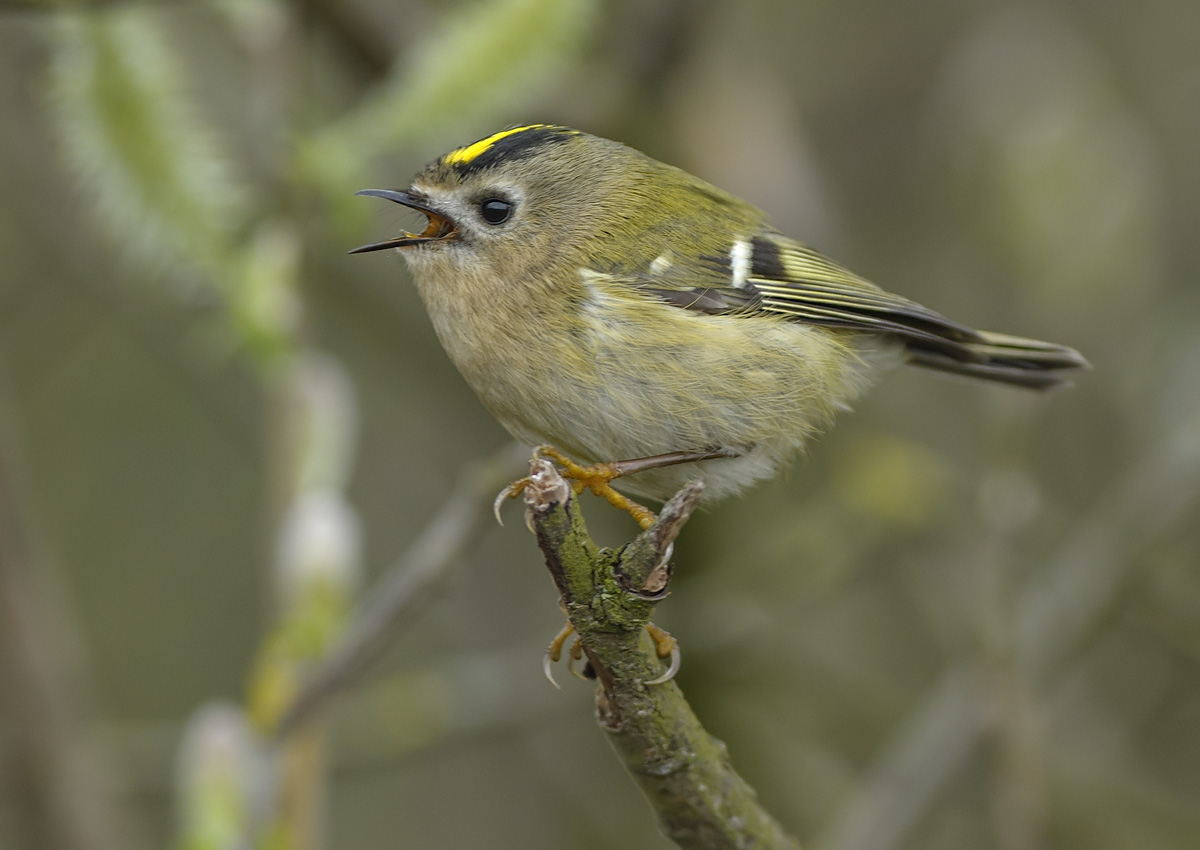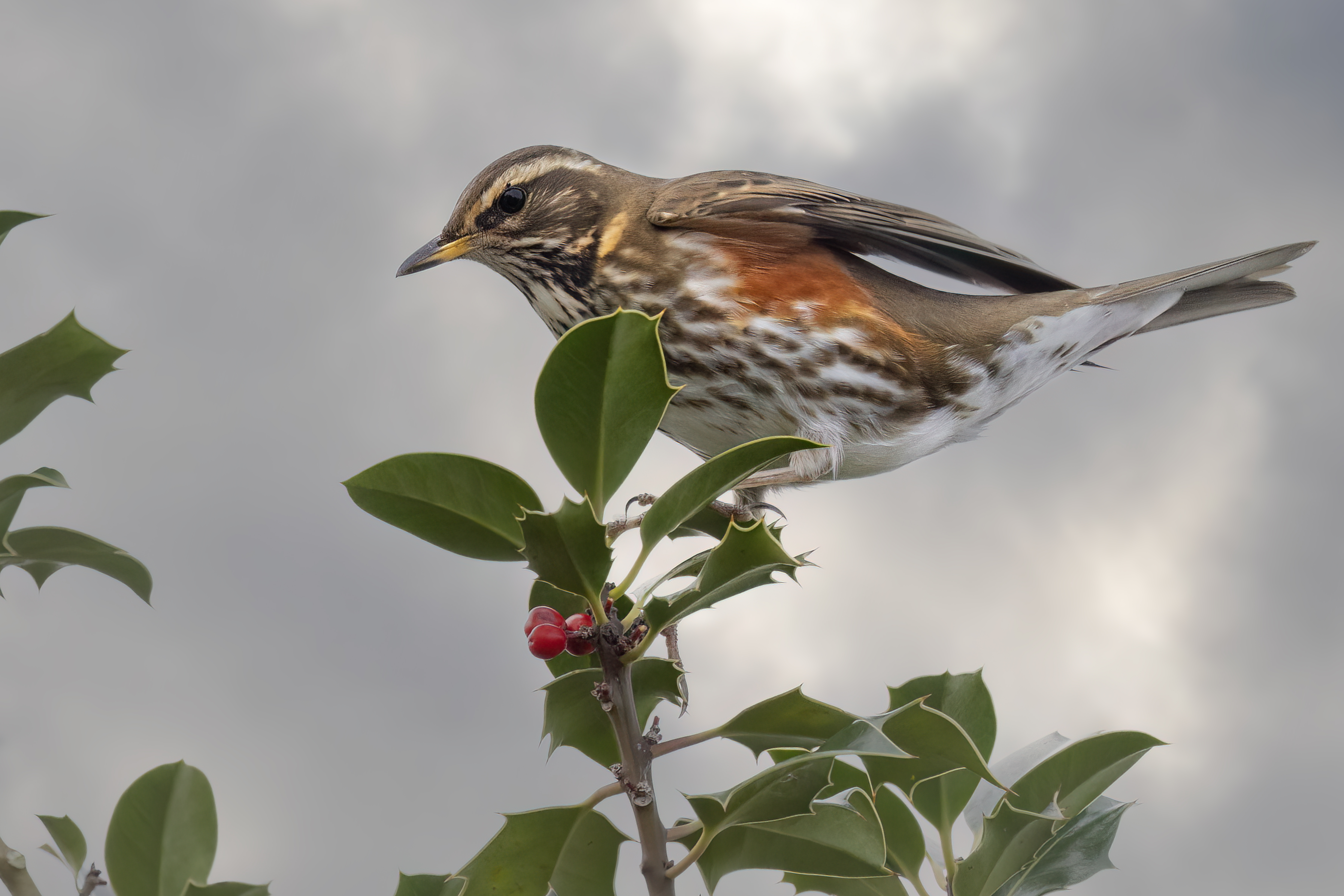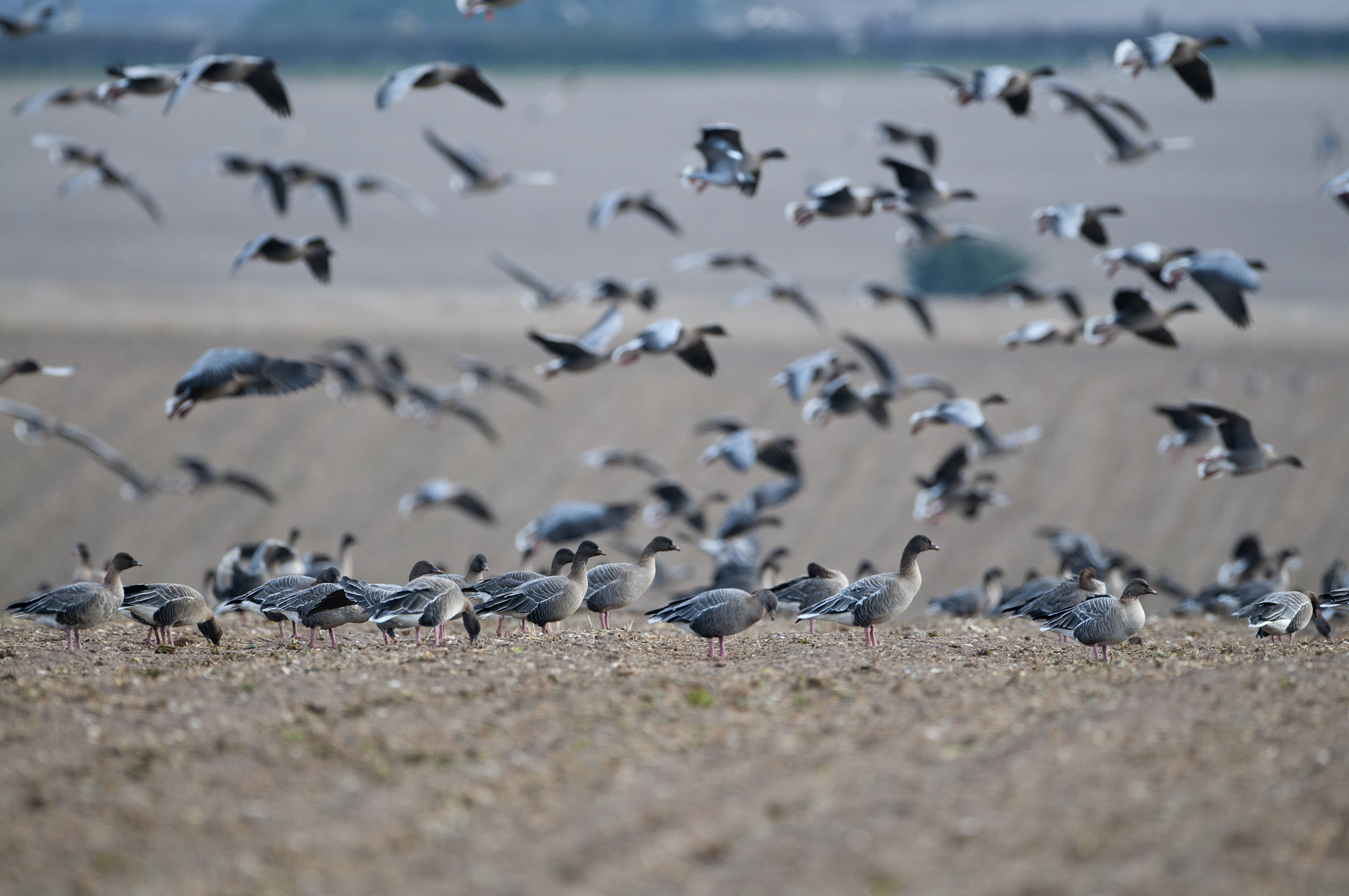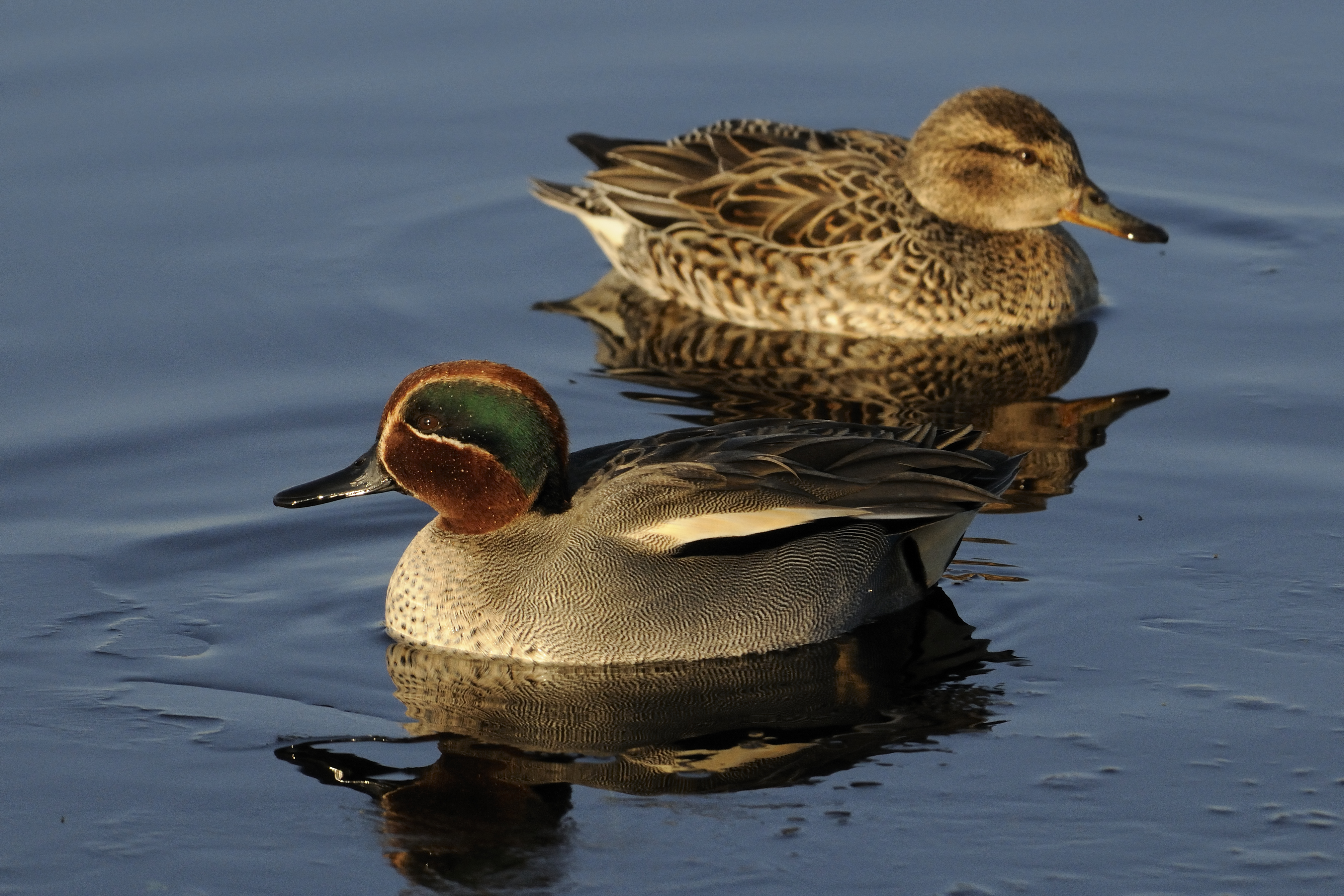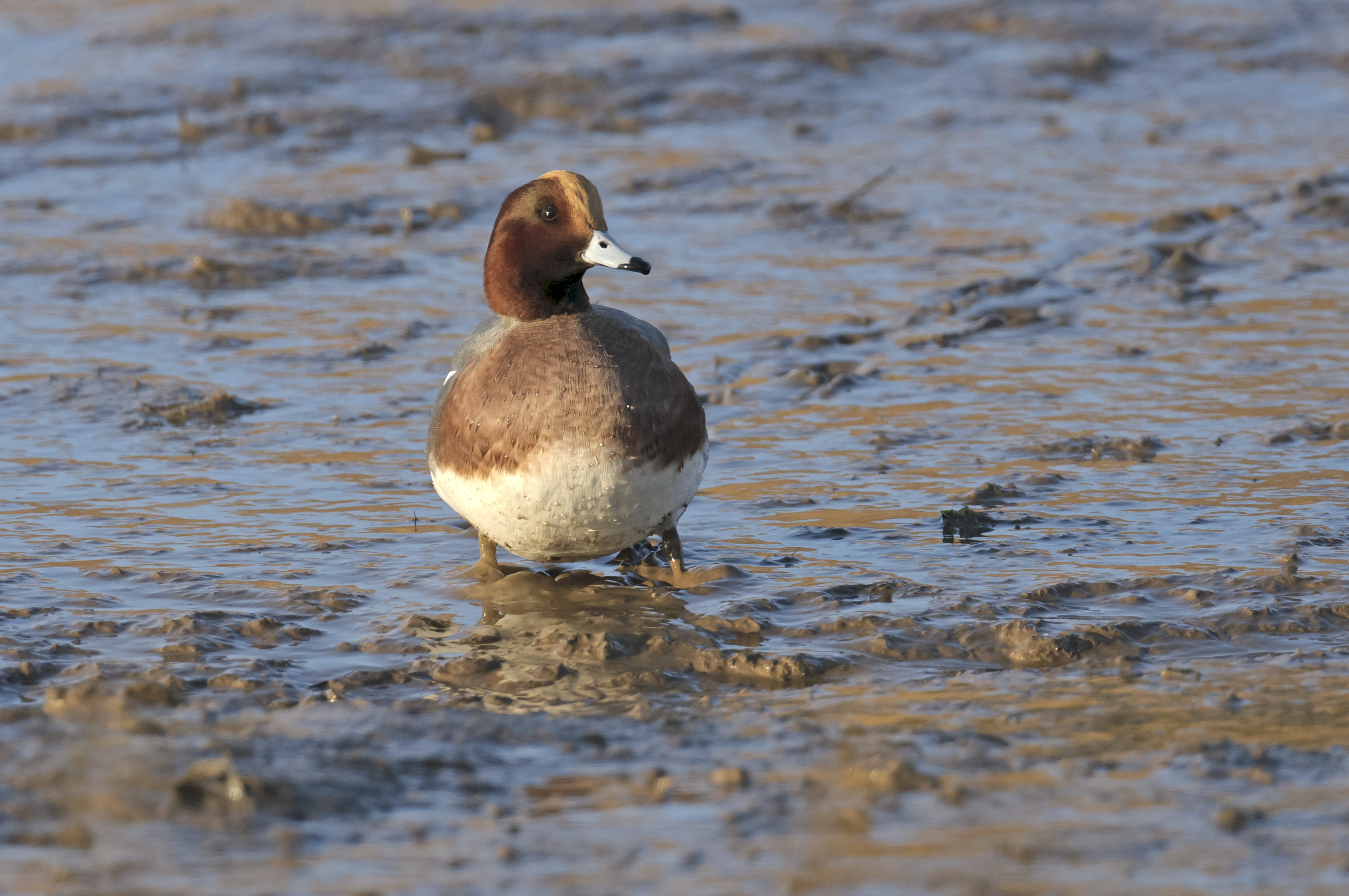Birds make sounds for many reasons, not just to attract a mate. There are contact calls and alarm calls, begging squeaks and threating squawks. Some sounds seem to have obvious meanings, whilst others appear more like conversational chatter.
Contact calls are a common sound in winter, when many birds form flocks to find safety in numbers. As the name suggests, these sounds help birds stay in touch with the rest of the flock. They can be far-carrying cries, as birds call out to find each other over long distances, or softer sounds as flocks talk amongst themselves. Flying birds will often make contact calls as they search for other members of their species, or to help stay in formation if they’re flying as a flock.





